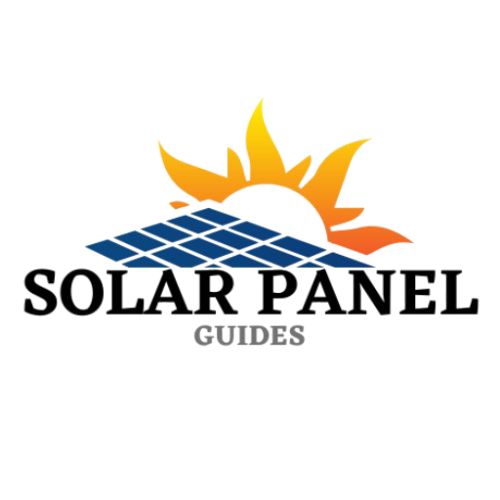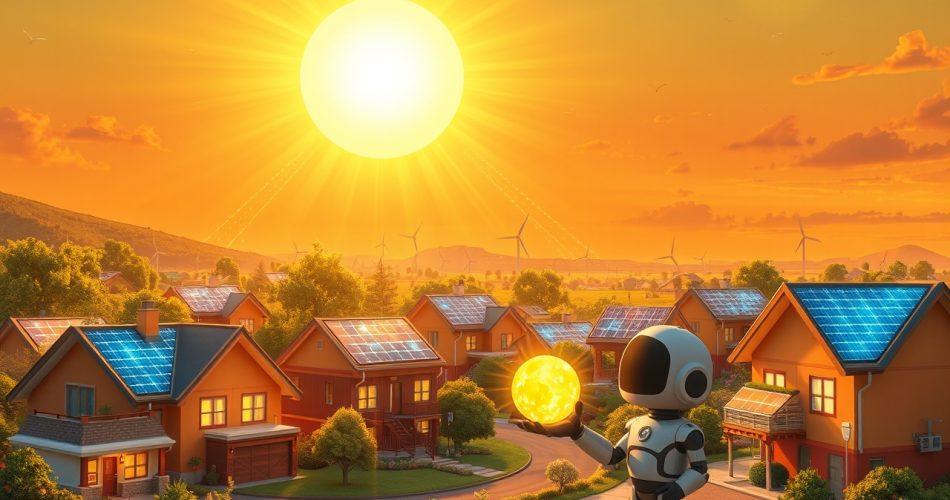Switching to solar energy is one of the smartest decisions you can make for your wallet and the planet. But with so many options on the market, choosing the right solar panels can feel overwhelming. From efficiency ratings to warranties, there’s a lot to consider. Don’t worry—this guide will break it all down for you in simple terms. By the end of this article, you’ll have a clear understanding of what to look for when selecting solar panels that fit your needs and budget.
Why Does Choosing the Right Solar Panel Matter?
Before we dive into the nitty-gritty, let’s talk about why this decision is so important. Solar panels are a long-term investment—they’re designed to last 25 years or more. That means the choices you make today will impact your energy savings, maintenance costs, and overall satisfaction for decades. Picking the wrong panels could mean lower performance, higher expenses, or even compatibility issues with your home setup. So, take a deep breath, grab a cup of coffee, and let’s figure out how to make the best choice.
Step 1: Understand the Types of Solar Panels
Not all solar panels are created equal. There are three main types, each with its own pros and cons:
1. Monocrystalline Panels
- What They Are : Made from a single crystal structure, these panels are known for their high efficiency and sleek black appearance.
- Pros :
- Highly efficient (15-22% efficiency rate).
- Perform better in low-light conditions.
- Take up less space due to their efficiency.
- Cons :
- More expensive upfront.
- Slightly less eco-friendly to produce compared to other types.
2. Polycrystalline Panels
- What They Are : Made from multiple silicon crystals melted together, these panels have a blue-speckled look.
- Pros :
- More affordable than monocrystalline panels.
- Still reliable and durable.
- Cons :
- Lower efficiency (13-16%).
- Require more roof space to generate the same amount of power.
3. Thin-Film Panels
- What They Are : Made by layering photovoltaic material onto a substrate, these panels are lightweight and flexible.
- Pros :
- Lightweight and easy to install.
- Performs well in high temperatures.
- Cons :
- Least efficient (10-13%).
- Takes up significantly more space.
- Shorter lifespan compared to crystalline panels.
For most homeowners, monocrystalline panels strike the best balance between efficiency and aesthetics, but your choice ultimately depends on your budget, available space, and energy goals.
Step 2: Evaluate Key Performance Metrics
Once you’ve narrowed down the type of panel, it’s time to dig into the numbers. Here are the key metrics to consider:
1. Efficiency
Efficiency measures how much sunlight a panel can convert into usable electricity. Higher efficiency means you’ll need fewer panels to meet your energy needs. Look for panels with an efficiency rating of at least 15%, but ideally closer to 20% if you have limited roof space.
2. Power Output
Measured in watts, power output tells you how much electricity a panel can produce under ideal conditions. Residential panels typically range from 250W to 400W. If you’re aiming to offset a large portion of your energy usage, opt for higher-wattage panels.
3. Temperature Coefficient
Solar panels lose efficiency as temperatures rise. The temperature coefficient indicates how much performance drops per degree above 25°C (77°F). A lower coefficient means better performance in hot climates.
4. Degradation Rate
Over time, all solar panels lose a small percentage of their efficiency. The degradation rate tells you how much performance you can expect to lose annually. Look for panels with a degradation rate of 0.5% or lower for long-term reliability.
Step 3: Consider Brand Reputation and Warranty
When investing in solar panels, you want to trust the company behind them. Some brands are known for their quality and customer service, while others may cut corners to save costs. Do your research and stick with reputable manufacturers like:
- SunPower : Known for high-efficiency panels and excellent warranties.
- LG Solar : Offers sleek designs and reliable performance.
- Canadian Solar : Affordable yet durable option for budget-conscious buyers.
- Panasonic : Combines innovation with strong efficiency ratings.
Pay close attention to the warranty, which typically includes two parts:
- Product Warranty : Covers manufacturing defects (usually 10-12 years).
- Performance Warranty : Guarantees the panel will produce a certain percentage of its original output after 25 years (often 80-90%).
A solid warranty is a sign of confidence in the product’s durability and longevity.
Step 4: Factor in Installation and Maintenance Costs
While the upfront cost of solar panels is important, don’t forget to consider installation and maintenance expenses. Here’s what to keep in mind:
- Installation Costs : Labor costs vary depending on your location and the complexity of the installation. Ground mounts, for example, tend to be pricier than rooftop setups.
- Maintenance : Solar panels require minimal upkeep, but occasional cleaning and inspections are necessary to ensure optimal performance. Budget for these costs over the system’s lifetime.
- Incentives : Take advantage of federal tax credits, local rebates, and incentives to reduce your overall expenses. In the U.S., the federal solar tax credit allows you to deduct 30% of your installation costs from your taxes.
Step 5: Match Panels to Your Energy Goals
Finally, think about what you hope to achieve with your solar panel system. Are you looking to:
- Offset Your Entire Energy Bill?
If so, you’ll need a larger system with high-efficiency panels. - Power Specific Appliances?
A smaller system might suffice if you’re only aiming to run essentials like your refrigerator or water heater. - Go Off-Grid?
Pairing solar panels with battery storage is essential for true energy independence.
Your energy goals will influence the size, type, and number of panels you choose.
Final Thoughts
Choosing the right solar panels doesn’t have to be a headache. By understanding the different types, evaluating performance metrics, and considering your budget and energy needs, you can make an informed decision that sets you up for success. Remember, this is a long-term investment—not just in your home, but in the future of our planet.
Ready to take the next step? Start by getting quotes from multiple installers or suppliers to compare options. And don’t hesitate to ask questions! The more you know, the better equipped you’ll be to make the right choice.
Have you already installed solar panels? Or do you have questions about the process? Share your thoughts in the comments below—I’d love to hear from you!

